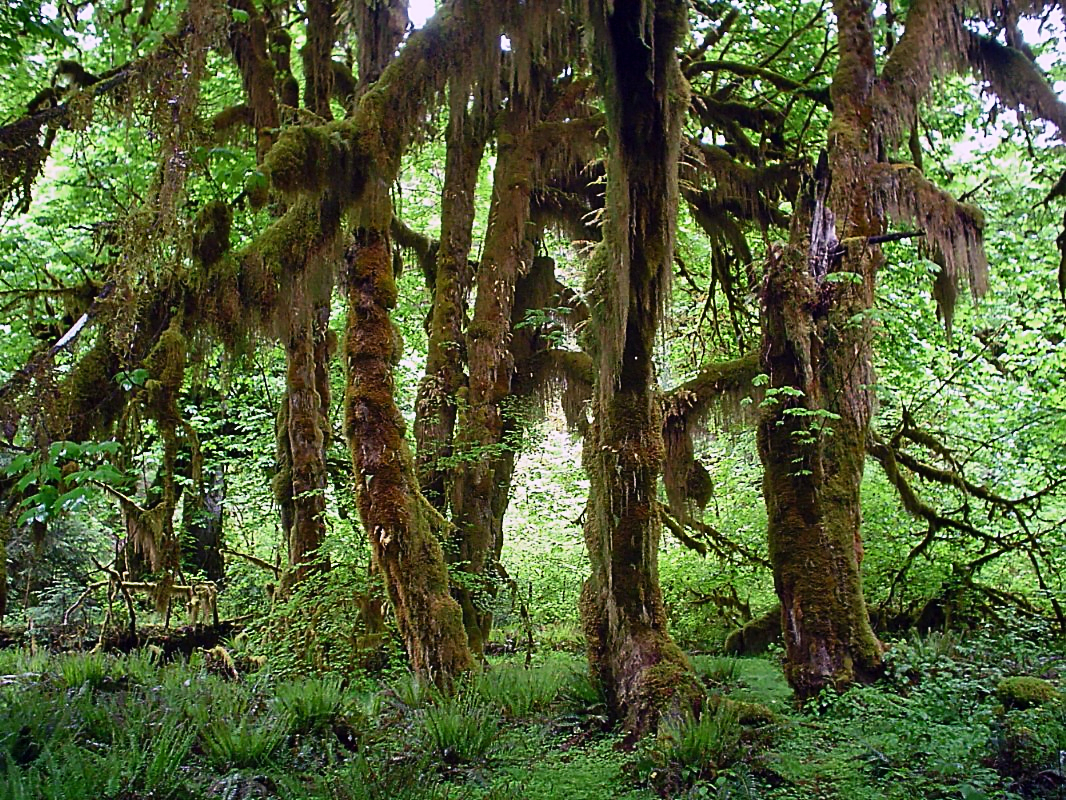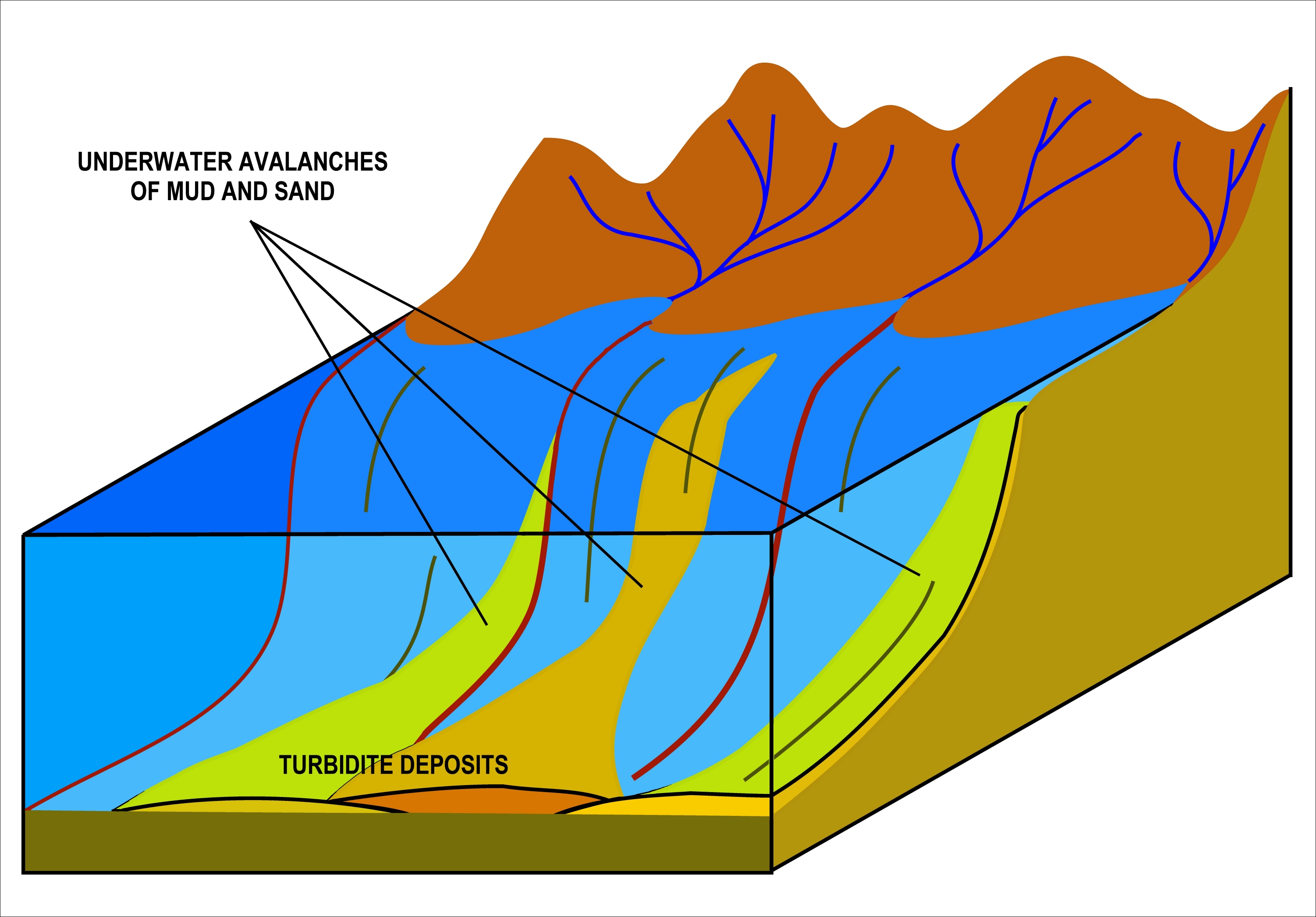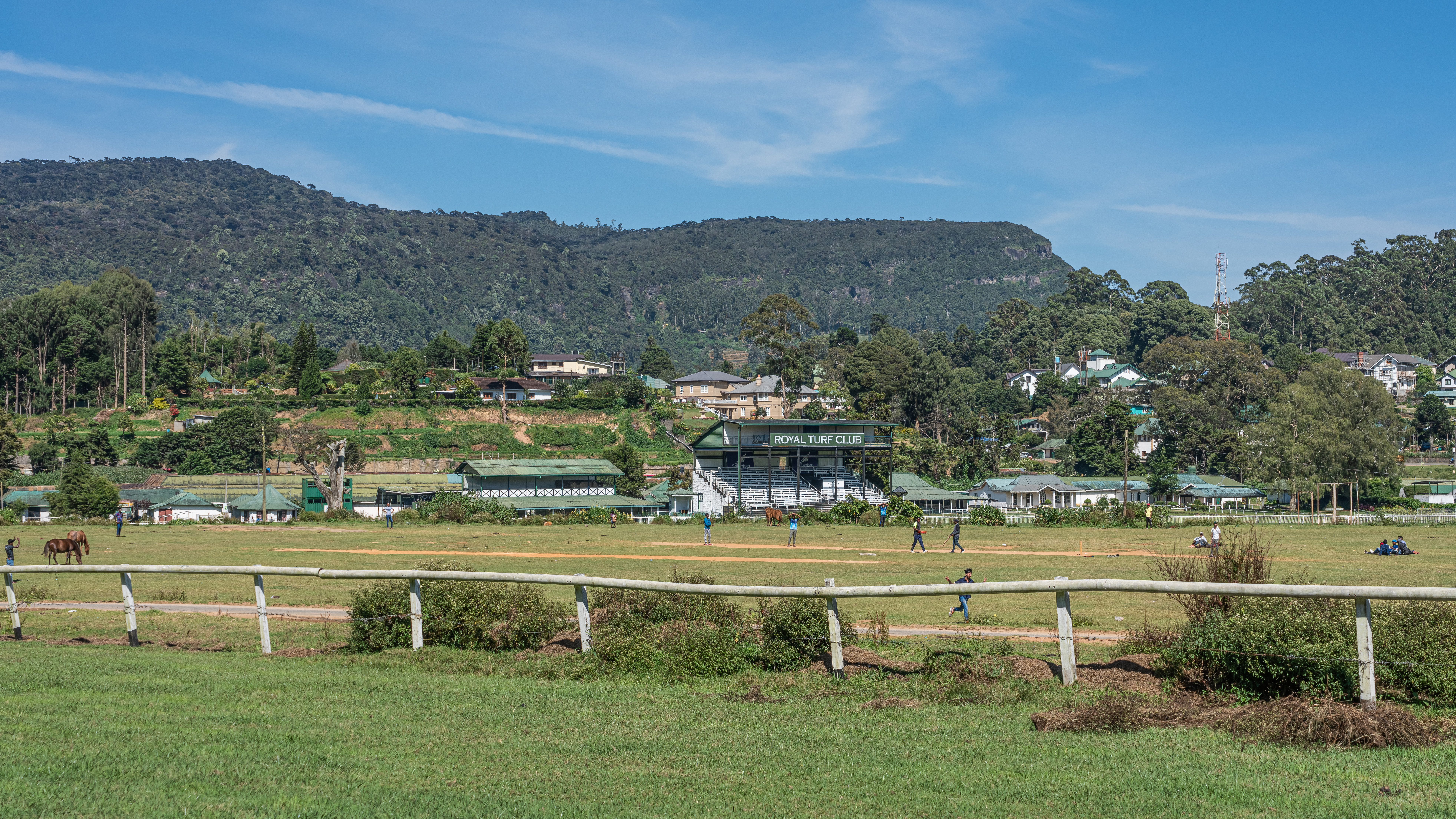|
Adelaide Peak (Washington)
Adelaide Peak is a 7,300-foot-elevation (2,225 meter) mountain summit located in the Olympic Mountains, in Jefferson County of Washington state. It is situated within Olympic National Park and the Daniel J. Evans Wilderness. It is part of The Needles range, which is a subset of the Olympic range. The nearest higher peak is Mount Clark, to the south, and Mount Walkinshaw rises to the north-northwest. The peak is in the rain shadow of the Olympic Range, resulting in less precipitation than Mount Olympus and the western Olympics receive. Precipitation runoff from the mountain drains east into Royal Creek, and west into Gray Wolf River, which are both within the drainage basin of the Dungeness River. Topographic relief is significant as the east aspect rises 2,600 feet (793 m) above Royal Creek in less than one mile. History The first ascent of the peak was made in 1944 by Adel and William Degenhardt.Olympic Mountain Rescue, ''Olympic Mountains: A Climbing Guide'', Fo ... [...More Info...] [...Related Items...] OR: [Wikipedia] [Google] [Baidu] |
Olympic Mountains
The Olympic Mountains are a mountain range on the Olympic Peninsula of the Pacific Northwest of the United States. The mountains, part of the Pacific Coast Ranges, are not especially high – Mount Olympus is the highest at ; however, the eastern slopes rise out of Puget Sound from sea level and the western slopes are separated from the Pacific Ocean by the low-lying wide Pacific Ocean coastal plain. The western slopes are the wettest place in the 48 contiguous states. Most of the mountains are protected within the bounds of Olympic National Park and adjoining segments of the Olympic National Forest. The mountains are located in western Washington in the United States, spread out across four counties: Clallam, Grays Harbor, Jefferson and Mason. Physiographically, they are a section of the larger Pacific Border province, which is in turn a part of the larger Pacific Mountain System. Geography The Olympics have the form of a cluster of steep-sided peaks surrounded ... [...More Info...] [...Related Items...] OR: [Wikipedia] [Google] [Baidu] |
Topographic Relief
Terrain or relief (also topographical relief) involves the vertical and horizontal dimensions of land surface. The term bathymetry is used to describe underwater relief, while hypsometry studies terrain relative to sea level. The Latin word (the root of ''terrain'') means "earth." In physical geography, terrain is the lay of the land. This is usually expressed in terms of the elevation, slope, and orientation of terrain features. Terrain affects surface water flow and distribution. Over a large area, it can affect weather and climate patterns. Importance The understanding of terrain is critical for many reasons: * The terrain of a region largely determines its suitability for human settlement: flatter alluvial plains tend to have better farming soils than steeper, rockier uplands. * In terms of environmental quality, agriculture, hydrology and other interdisciplinary sciences; understanding the terrain of an area assists the understanding of watershed boundaries, ... [...More Info...] [...Related Items...] OR: [Wikipedia] [Google] [Baidu] |
Turbidite
A turbidite is the geologic deposit of a turbidity current, which is a type of amalgamation of fluidal and sediment gravity flow responsible for distributing vast amounts of clastic sediment into the deep ocean. Sequencing Turbidites were first properly described by Arnold H. Bouma (1962), who studied deepwater sediments and recognized particular "fining-up intervals" within deep water, fine-grained shales, which were anomalous because they started at pebble conglomerates and terminated in shales. This was anomalous because within the deep ocean it had historically been assumed that there was no mechanism by which tractional flow could carry and deposit coarse-grained sediments into the abyssal depths. Bouma cycles begin with an erosional contact of a coarse lower bed of pebble to granule conglomerate in a sandy matrix, and grade up through coarse then medium plane parallel sandstone; through cross-bedded sandstone; rippled cross-bedded sand/silty sand, and finally la ... [...More Info...] [...Related Items...] OR: [Wikipedia] [Google] [Baidu] |
Sandstone
Sandstone is a clastic sedimentary rock composed mainly of sand-sized (0.0625 to 2 mm) silicate grains. Sandstones comprise about 20–25% of all sedimentary rocks. Most sandstone is composed of quartz or feldspar (both silicates) because they are the most resistant minerals to weathering processes at the Earth's surface. Like uncemented sand, sandstone may be any color due to impurities within the minerals, but the most common colors are tan, brown, yellow, red, grey, pink, white, and black. Since sandstone beds often form highly visible cliffs and other topographic features, certain colors of sandstone have been strongly identified with certain regions. Rock formations that are primarily composed of sandstone usually allow the percolation of water and other fluids and are porous enough to store large quantities, making them valuable aquifers and petroleum reservoirs. Quartz-bearing sandstone can be changed into quartzite through metamorphism, usually r ... [...More Info...] [...Related Items...] OR: [Wikipedia] [Google] [Baidu] |
Clastic Rock
Clastic rocks are composed of fragments, or clasts, of pre-existing minerals and rock. A clast is a fragment of geological detritus,Essentials of Geology, 3rd Ed, Stephen Marshak, p. G-3 chunks, and smaller grains of rock broken off other rocks by physical weathering.Essentials of Geology, 3rd Ed, Stephen Marshak, p. G-5 Geologists use the term clastic to refer to sedimentary rocks and particles in sediment transport, whether in suspension or as bed load, and in sediment deposits. Sedimentary clastic rocks Clastic sedimentary rocks are rocks composed predominantly of broken pieces or ''clasts'' of older weathered and eroded rocks. Clastic sediments or sedimentary rocks are classified based on grain size, clast and cementing material (matrix) composition, and texture. The classification factors are often useful in determining a sample's environment of deposition. An example of clastic environment would be a river system in which the full range of grains being transpo ... [...More Info...] [...Related Items...] OR: [Wikipedia] [Google] [Baidu] |
Obduction
Obduction is a geological process whereby denser oceanic crust (and even upper mantle) is scraped off a descending ocean plate at a convergent plate boundary and thrust on top of an adjacent plate. When oceanic and continental plates converge, normally the denser oceanic crust sinks under the continental crust in the process of subduction. Obduction, which is less common, normally occurs in plate collisions at orogenic belts (where an oceanic plate that is subducting scrapes some of its material onto the continental plate) or back-arc basins (places where the edge of a continent is pulled away from the rest of the continent due to the stress of plate collision). Obduction of oceanic lithosphere produces a characteristic set of rock types called an ophiolite. This assemblage consists of deep-marine sedimentary rock (chert, limestone, clastic sediments), volcanic rocks ( pillow lavas, volcanic glass, volcanic ash, sheeted dykes and gabbros) and peridotite (mantle rock). J ... [...More Info...] [...Related Items...] OR: [Wikipedia] [Google] [Baidu] |
Avalanche
An avalanche is a rapid flow of snow down a slope, such as a hill or mountain. Avalanches can be set off spontaneously, by such factors as increased precipitation or snowpack weakening, or by external means such as humans, animals, and earthquakes. Primarily composed of flowing snow and air, large avalanches have the capability to capture and move ice, rocks, and trees. Avalanches occur in two general forms, or combinations thereof: slab avalanches made of tightly packed snow, triggered by a collapse of an underlying weak snow layer, and loose snow avalanches made of looser snow. After being set off, avalanches usually accelerate rapidly and grow in mass and volume as they capture more snow. If an avalanche moves fast enough, some of the snow may mix with the air, forming a powder snow avalanche. Though they appear to share similarities, avalanches are distinct from slush flows, Mudflow, mudslides, Landslide#Debris landslide, rock slides, and serac collapses. They are also ... [...More Info...] [...Related Items...] OR: [Wikipedia] [Google] [Baidu] |
Oceanic Climate
An oceanic climate, also known as a marine climate, is the humid temperate climate sub-type in Köppen classification ''Cfb'', typical of west coasts in higher middle latitudes of continents, generally featuring cool summers and mild winters (for their latitude), with a relatively narrow annual temperature range and few extremes of temperature. Oceanic climates can be found in both hemispheres generally between 45 and 63 latitude, most notably in northwestern Europe, northwestern America, as well as New Zealand. Precipitation Locations with oceanic climates tend to feature frequent cloudy conditions with precipitation, low hanging clouds, and frequent fronts and storms. Thunderstorms are normally few, since strong daytime heating and hot and cold air masses meet infrequently in the region. In most areas with an oceanic climate, precipitation comes in the form of rain for the majority of the year. However, some areas with this climate see some snowfall annually during winter. ... [...More Info...] [...Related Items...] OR: [Wikipedia] [Google] [Baidu] |
Orographic Lift
Orographic lift occurs when an air mass is forced from a low elevation to a higher elevation as it moves over rising terrain. As the air mass gains altitude it quickly cools down adiabatically, which can raise the relative humidity to 100% and create clouds and, under the right conditions, precipitation. Orographic lifting can have a number of effects, including precipitation, rain shadowing, leeward winds, and associated clouds. Precipitation Precipitation induced by orographic lift occurs in many places throughout the world. Examples include: * The Mogollon Rim in central Arizona * The western slope of the Sierra Nevada range in California * The mountains near Baja California North – specifically La Bocana to Laguna Hanson. * The windward slopes of Khasi and Jayantia Hills (see Mawsynram) in the state of Meghalaya in India. * The Western Highlands of Yemen, which receive by far the most rain in Arabia. * The Western Ghats that run along India's western coast. * The Gr ... [...More Info...] [...Related Items...] OR: [Wikipedia] [Google] [Baidu] |
Weather Front
A weather front is a boundary separating air masses for which several characteristics differ, such as air density, wind, temperature, and humidity. Disturbed and unstable weather due to these differences often arises along the boundary. For instance, cold fronts can bring bands of thunderstorms and cumulonimbus precipitation or be preceded by squall lines, while warm fronts are usually preceded by stratiform precipitation and fog. In summer, subtler humidity gradients are known as dry lines can trigger severe weather. Some fronts produce no precipitation and little cloudiness, although there is invariably always a wind shift. Cold fronts generally move from west to east, whereas warm fronts move poleward, although any direction is possible. Occluded fronts are a hybrid merge of the two, and stationary fronts are stalled in their motion. Cold fronts and cold occlusions move faster than warm fronts and warm occlusions because the dense air behind them can lift as we ... [...More Info...] [...Related Items...] OR: [Wikipedia] [Google] [Baidu] |
Marine West Coast
An oceanic climate, also known as a marine climate, is the humid temperate climate sub-type in Köppen classification ''Cfb'', typical of west coasts in higher middle latitudes of continents, generally featuring cool summers and mild winters (for their latitude), with a relatively narrow annual temperature range and few extremes of temperature. Oceanic climates can be found in both hemispheres generally between 45 and 63 latitude, most notably in northwestern Europe, northwestern America, as well as New Zealand. Precipitation Locations with oceanic climates tend to feature frequent cloudy conditions with precipitation, low hanging clouds, and frequent fronts and storms. Thunderstorms are normally few, since strong daytime heating and hot and cold air masses meet infrequently in the region. In most areas with an oceanic climate, precipitation comes in the form of rain for the majority of the year. However, some areas with this climate see some snowfall annually during winter. ... [...More Info...] [...Related Items...] OR: [Wikipedia] [Google] [Baidu] |
North Cascades National Park
North Cascades National Park is an American national park in the state of Washington. At more than , it is the largest of the three National Park Service units that comprise the North Cascades National Park Complex. North Cascades National Park consists of a northern and southern section, bisected by the Skagit River that flows through the reservoirs of Ross Lake National Recreation Area. Lake Chelan National Recreation Area lies on the southern border of the south unit of the park. In addition to the two national recreation areas, other protected lands including several national forests and wilderness areas, as well as Canadian provincial parks in British Columbia, nearly surround the park. North Cascades National Park features the rugged mountain peaks of the North Cascades Range, the most expansive glacial system in the contiguous United States, the headwaters of numerous waterways, and vast forests with the highest degree of flora biodiversity of any American nationa ... [...More Info...] [...Related Items...] OR: [Wikipedia] [Google] [Baidu] |




Saunders_Quarry-1.jpg)





